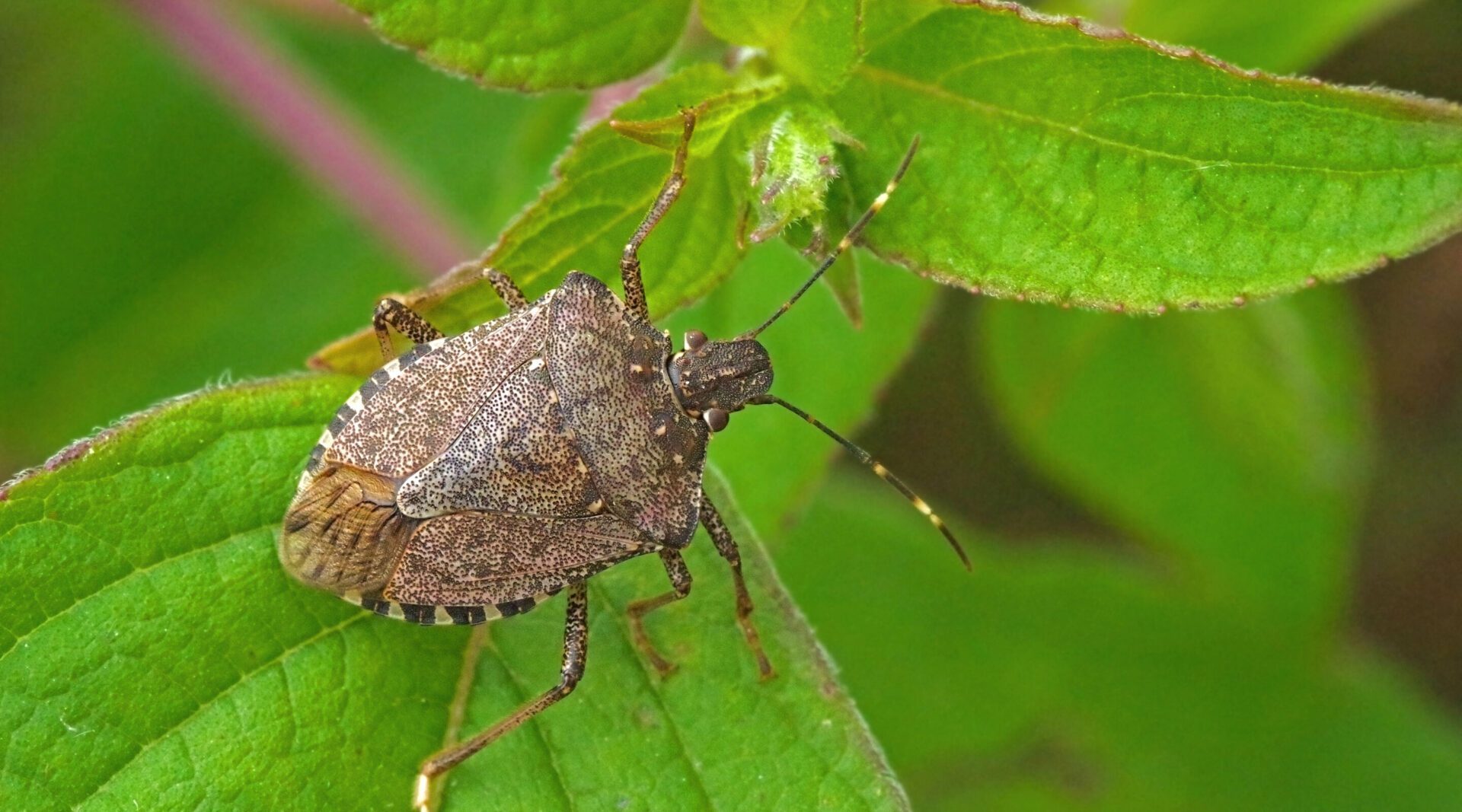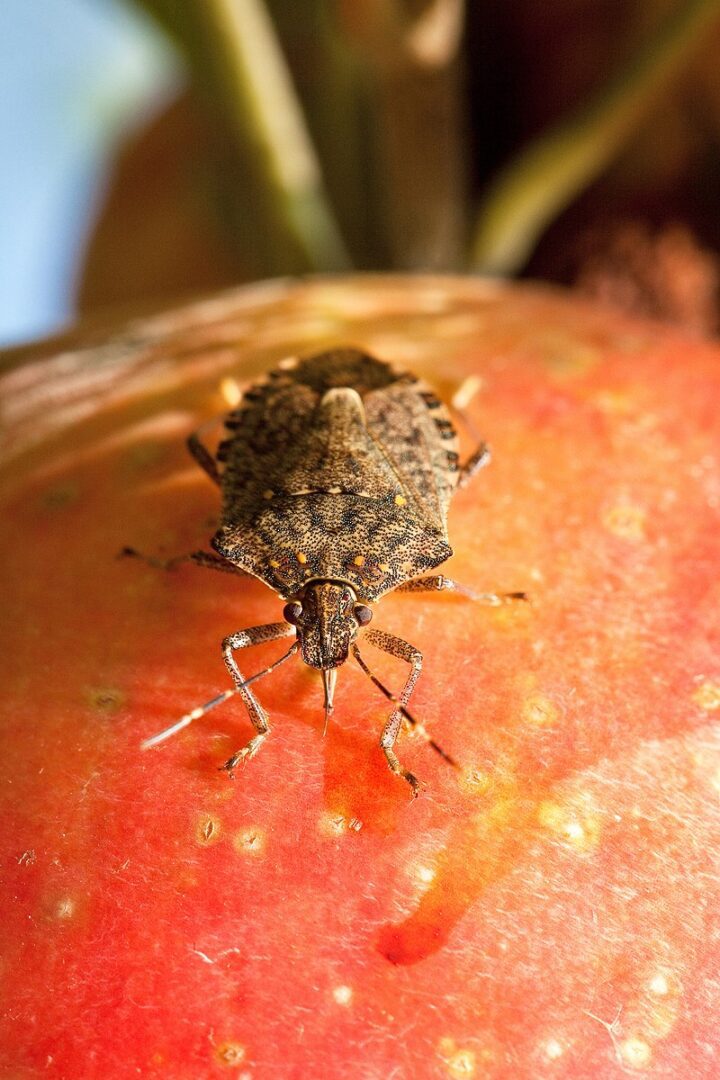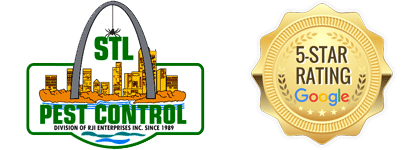Introduction to Stink Bugs
Stink bugs, known scientifically as members of the family Pentatomidae, have garnered attention not just for their distinctive shield-like shape but also for their unique defense mechanism: the release of a pungent odor when threatened or crushed. Originating from diverse ecosystems around the globe, these insects have adapted to a wide range of habitats, making them both fascinating and, at times, problematic.
While the term “stink bug” encompasses a broad array of species, the most commonly recognized in many regions is the Brown Marmorated Stink Bug (Halyomorpha halys), an invader from Asia that has firmly established itself in North America and Europe. Its presence is felt from gardens to homes, marking it as a creature of significant interest for both its ecological impact and its interactions with humans.
The intrigue surrounding stink bugs stems from their dual roles in nature and urban settings. In agriculture, they are often considered pests, feeding on a wide variety of crops and causing significant damage. Yet, in their natural habitats, they play a crucial role in the food web, acting as prey for birds, spiders, and other insects. This duality sets the stage for a complex relationship between stink bugs and humans, one that balances between control and coexistence.
As we delve into the world of stink bugs, we’ll explore their life cycle, their seasonal migrations from outdoor habitats into our homes, and the best practices for managing their populations. Whether you’re a gardener facing an invasion of these critters or a homeowner trying to keep them at bay, understanding the stink bug is the first step towards finding a balance with these ubiquitous insects.


Stink bugs, belonging to the family Pentatomidae, are easily recognizable by their distinctive shield-like shape. These insects, known for their peculiar defense mechanism of releasing a foul-smelling odor when threatened, have intrigued and troubled humans and predators alike. Originating from various parts of the globe, stink bugs have adapted to an array of environments, making them both fascinating and formidable creatures.
Diverse Species and Global Spread
There are over 4,700 species of stink bugs worldwide, with around 250 found in the United States alone. These species vary greatly in their habits, habitats, and impacts on their surroundings. The Brown Marmorated Stink Bug (Halyomorpha halys), for instance, is an invasive species from Asia that has caused significant agricultural damage in the U.S. since its arrival in the late 1990s.
The Stink Bug’s Lifecycle
The lifecycle of a stink bug encompasses several stages: from egg to nymph, then maturing into an adult. This process can span several weeks to months, depending on the climate and environmental conditions. Stink bugs typically produce one to two generations per year, but in warmer climates, they may produce more.
Ecological Impact
Stink bugs play a dual role in their ecosystems. On one hand, they are pests, feeding on a wide range of plants and crops, causing significant damage to agriculture. On the other hand, some species are beneficial predators, feeding on other harmful pests and thereby supporting the health of gardens and fields.
The Signature Defense Mechanism
The name “stink bug” derives from their ability to excrete a foul-smelling chemical from glands located on their thorax. This defense mechanism is effective against predators, including birds and lizards, and is a distinctive trait that has piqued the curiosity of scientists and enthusiasts alike.
Adaptation and Survival
Stink bugs are adept at survival, often seeking shelter in human homes during the colder months. This behavior has led to their reputation as a nuisance in residential areas, highlighting the need for effective management strategies.
Stink Bugs in the Garden
Gardens are not just spaces of beauty and tranquility; they are vibrant ecosystems teeming with life. Among the many inhabitants of these ecosystems are stink bugs, which play a complex role. Understanding their impact on gardens requires a look into their behavior, the diversity of species, and the dual nature of their presence.
A Spectrum of Impact
Stink bugs are known for their versatility in feeding habits, which can significantly affect garden health. Some species, like the Brown Marmorated Stink Bug, feed on a wide variety of plants, sucking the sap and causing damage to fruits, vegetables, and ornamental plants. This feeding not only results in direct damage but can also make plants more susceptible to disease and reduce overall yield.
Beneficial Predators
However, it’s not all doom and gloom. Certain stink bug species are beneficial predators that feed on other garden pests. These species help maintain a natural balance within the garden ecosystem, reducing the need for chemical pesticides. The Spined Soldier Bug, for example, preys on caterpillars and beetle larvae, offering a natural defense against these common garden pests.
Identifying Stink Bugs in Your Garden
Identification is the first step in understanding the impact of stink bugs on your garden. Observing their size, color, and behavior can help distinguish beneficial species from harmful ones. Gardeners are encouraged to learn about the specific stink bug species common in their region and their respective impacts.
Natural Management Practices
Managing stink bugs in the garden involves a combination of monitoring, physical barriers, and natural predators. Regularly inspecting plants for signs of stink bugs and employing protective netting or row covers can prevent damage. Encouraging or introducing natural predators of stink bugs, such as birds and certain parasitic wasps, can also help control their population.
The Importance of Tolerance
Understanding the role of stink bugs in the garden ecosystem encourages a more tolerant approach to their management. While it’s necessary to protect plants from damage, recognizing the beneficial aspects of certain stink bug species can lead to more sustainable gardening practices.


When Stink Bugs Invade Homes
As autumn’s chill sets in, signaling the approach of winter, homeowners might notice an unwelcome phenomenon: the invasion of stink bugs. These insects, seeking shelter from the cold, find their way into homes through cracks around windows, doors, and other small openings. This section explores why stink bugs invade homes, the challenges they pose, and effective measures to prevent their unwelcome entry.
Seeking Shelter from the Cold
Stink bugs are primarily outdoor insects, but as the weather cools, they seek warm places to overwinter. Homes become attractive havens for these pests, offering warmth and protection from the elements. This migration is a survival instinct, allowing stink bugs to reemerge in the spring to continue their life cycle.
Challenges Posed by Home Invasions
Once inside, stink bugs can become a nuisance. While they do not cause structural damage or pose a significant health risk, their presence can be bothersome. Their namesake defense mechanism — a pungent odor released when threatened or crushed — makes them particularly unwelcome houseguests.
Preventing Stink Bug Invasions
The key to managing stink bug invasions is prevention. Homeowners can take several steps to make their homes less inviting to these pests:
- Seal Entry Points: Inspect and seal cracks around windows, doors, siding, utility pipes, and other entry points with high-quality silicone or silicone-latex caulk.
- Repair Screens: Fix or replace damaged window screens and screen doors to prevent stink bugs from slipping inside.
- Use of Protective Barriers: Installing physical barriers, such as door sweeps and tight-fitting window screens, can further deter stink bugs from entering homes.
- Ventilate and Reduce Moisture: Use dehumidifiers and ensure proper ventilation in attics, basements, and crawl spaces to make these areas less attractive to stink bugs.
Dealing with Indoor Stink Bugs
If stink bugs have already made their way indoors, it’s important to handle them carefully to avoid releasing their odor:
- Vacuuming: The most effective way to remove stink bugs is by vacuuming them up and disposing of the bag outside immediately.
- Deterrent Sprays: While chemical sprays are available, natural deterrents like soapy water can also be effective in dealing with stink bugs without resorting to pesticides.
unwelcome phenomenon: the invasion of stink bugs. These resilient insects, seeking refuge from the dropping temperatures, find their way into homes through the smallest of openings. Understanding this invasion, its implications, and how to manage it is crucial for maintaining a comfortable living space.
Why Stink Bugs Invade
The primary reason stink bugs enter homes is to overwinter — a period of inactivity similar to hibernation. As cold-blooded creatures, they cannot generate their own heat and seek shelter in warmer environments to survive the winter months. Homes provide the perfect refuge with their controlled climates and ample hiding spots.
Common Entry Points
Stink bugs are adept at finding entry points into homes. They squeeze through cracks around windows, doors, siding, and utility pipes, often in large numbers. Once inside, they congregate in secluded areas like attics, walls, and crawl spaces, emerging into living spaces as temperatures inside the home fluctuate.
Prevention Strategies
The best approach to stink bug invasion is prevention. Homeowners are advised to:
- Seal cracks and openings around windows, doors, and the home’s foundation.
- Install or repair screens on windows and vents.
- Use weather stripping and door sweeps to eliminate gaps under exterior doors.
- Consider using a silicone-based caulk for sealing, as it provides a durable and flexible sealant.
Managing an Invasion
If stink bugs have already entered the home, there are several ways to manage their presence:
- Vacuuming them up is a safe and effective method, though care should be taken to dispose of the vacuum bag immediately to prevent odor from permeating the area.
- Chemical treatments are available but should be used as a last resort due to potential toxicity and environmental impact. It’s advisable to consult with pest control professionals before applying any insecticides.
Long-Term Solutions
Ultimately, the key to managing stink bug invasions lies in making homes less attractive and accessible to these pests. Maintaining the integrity of the home’s exterior through regular inspections and repairs can significantly reduce the likelihood of stink bugs and other pests from entering.

Management and Control: Environmentally Friendly Strategies for Stink Bug Populations
With the increasing presence of stink bugs in gardens and homes, finding effective, environmentally friendly management and control strategies has never been more important. This section explores a holistic approach to stink bug management, highlighting methods that balance human intervention with natural ecosystem processes.
Leveraging Natural Predators
One of the most effective natural defenses against stink bugs is to encourage or introduce their natural predators into your environment. Birds, parasitic wasps, and even some species of spiders are known to prey on stink bugs, helping to keep their populations in check. Creating a garden that attracts these predators can provide a sustainable long-term solution to stink bug invasions.
DIY Traps and Barriers
For those preferring hands-on methods, DIY traps and physical barriers can be both fun and effective. Simple traps can be made from common household items, such as soapy water basins placed under a light source to attract and drown stink bugs. Sealing windows, doors, and other entry points with tight-fitting screens and weather stripping can also significantly reduce the number of bugs entering a home.
Natural Repellents
Natural repellents offer a safe way to deter stink bugs without harming the environment. Sprays made from garlic, mint, or neem oil can repel stink bugs from gardens and homes. Applying these repellents around windows, doors, and other potential entry points can help keep stink bugs at bay.
Integrated Pest Management (IPM)
Adopting an Integrated Pest Management (IPM) approach involves using a combination of biological, cultural, physical, and chemical tactics to manage pests in the most environmentally and economically efficient way. For stink bugs, this might include crop rotation, selecting resistant plant varieties, and timed planting to minimize the impact of stink bug populations on agriculture.
Community Efforts
Finally, community efforts in monitoring and managing stink bug populations can amplify individual actions. Sharing strategies, successes, and challenges with neighbors and local gardening groups can help spread effective methods and foster a collective approach to stink bug control.
Why Choose STL Pest Control for Stink Bug Management?
When dealing with the nuisance of stink bugs, professional intervention can provide the most effective and efficient solution. STL Pest Control stands out as the premier choice for several reasons:
- Expertise and Experience: STL Pest Control has a team of experts who specialize in stink bug biology and behavior. This knowledge ensures that they can identify the specific species and implement the most effective management strategies.
- Customized Solutions: Understanding that every infestation is unique, STL Pest Control offers tailored services to meet the specific needs of your home or garden, ensuring the best outcomes.
- Eco-Friendly Methods: Committed to the environment, STL Pest Control uses safe and sustainable methods to manage stink bug populations, protecting both your family and the planet.
- Preventative Strategies: Beyond just addressing current infestations, STL Pest Control provides guidance and services to prevent future invasions, securing your peace of mind year-round.
- Satisfaction Guarantee: With a focus on customer satisfaction, STL Pest Control stands behind their services, ensuring that you are completely satisfied with the results.
Choosing STL Pest Control means investing in a hassle-free, professional solution to your stink bug problem, allowing you to enjoy your home and garden without the worry of unwanted guests.
Frequently Asked Questions (FAQs)
Q1: Why do stink bugs invade homes? A1: Stink bugs seek shelter in homes as temperatures drop in the fall, looking for a warm place to overwinter until the spring.
Q2: Are stink bugs harmful to humans or pets? A2: No, stink bugs are not harmful to humans or pets. They do not bite or carry diseases, but their smell can be unpleasant.
Q3: How can I prevent stink bugs from entering my home? A3: Seal any cracks and openings around windows, doors, and the foundation. Install screens on windows and vents, and consider using natural repellents around entry points.
Q4: What should I do if I find stink bugs in my home? A4: Vacuuming is an effective method to remove stink bugs from your home. Be sure to dispose of the vacuum bag immediately to prevent odor from escaping.
Q5: Why should I choose professional pest control services for stink bug management? A5: Professional pest control services, like STL Pest Control, offer expertise, tailored solutions, and preventative strategies to efficiently manage stink bug invasions, ensuring long-term relief.

